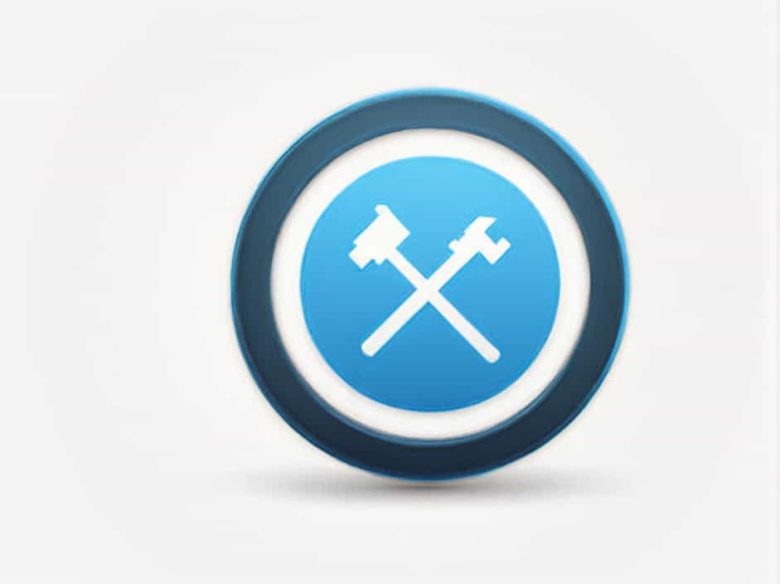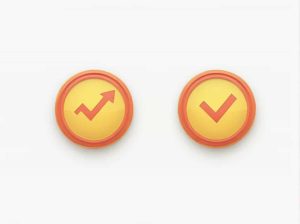Keynesian economics is one of the most influential economic theories shaping government policies worldwide. Named after economist John Maynard Keynes this theory argues that government intervention is necessary to stabilize the economy especially during recessions.
This topic breaks down Keynesian economics into simple terms explaining its principles real-world applications advantages and criticisms. By the end you’ll understand why Keynesian policies are still widely debated in economic and political circles.
What Is Keynesian Economics?
Keynesian economics is an economic theory that suggests government spending and lower taxes can help boost economic activity especially during downturns. The central idea is that the economy is not always self-correcting and may need help to create jobs and increase demand.
This theory was introduced by John Maynard Keynes in the 1930s during the Great Depression when many economies were struggling with high unemployment and low demand. Keynes argued that governments should spend more money to stimulate economic growth rather than waiting for the market to recover on its own.
Key Principles of Keynesian Economics
1. Demand Drives the Economy
Keynesian theory states that total spending (aggregate demand) is the main force that drives economic growth. If people and businesses are not spending enough the economy slows down leading to job losses and lower incomes.
2. Government Intervention Is Necessary
Keynes believed that when the economy is struggling the government should step in by increasing spending and reducing taxes. This encourages businesses to hire more workers and boosts consumer spending.
3. Short-Term Solutions for Long-Term Stability
Unlike classical economists who believed the market would fix itself Keynes argued that short-term government actions were necessary to prevent long-term damage such as prolonged unemployment and business closures.
4. The Multiplier Effect
Keynes introduced the multiplier effect which means that one dollar of government spending can generate more than one dollar of economic activity. For example if the government builds a new highway construction workers will have more money to spend boosting other businesses as well.
How Keynesian Economics Works in Practice
1. Fighting Recessions
During a recession people and businesses spend less leading to lower economic activity. Keynesian economics suggests that the government should increase spending on infrastructure projects public services and social programs to create jobs and put money back into the economy.
Example:
- During the 2008 financial crisis governments around the world increased spending on bailout programs and stimulus checks to prevent a deeper recession.
2. Controlling Inflation
When the economy is growing too fast it can lead to inflation (rising prices). In this case Keynesian economics suggests that the government should reduce spending and increase taxes to slow down demand and prevent excessive inflation.
Example:
- In the 1970s many governments used higher taxes and reduced public spending to control inflation caused by rising oil prices.
3. Creating Jobs
Keynesian policies focus on job creation as a way to boost economic growth. When more people are employed they have more money to spend which increases demand and encourages businesses to expand.
Example:
- The New Deal in the 1930s created millions of jobs in the U.S. by funding public works projects like roads bridges and schools.
Advantages of Keynesian Economics
✔ Prevents Long-Term Recessions
- Government intervention can speed up economic recovery and reduce unemployment.
✔ Boosts Consumer Confidence
- When people see the government taking action they are more likely to spend and invest.
✔ Encourages Public Investment
- Infrastructure projects funded by the government improve transportation education and healthcare.
✔ Reduces Income Inequality
- Keynesian policies often include social programs that help low-income households.
Criticism of Keynesian Economics
✘ Increases Government Debt
- Spending more money to stimulate the economy can lead to high levels of debt.
✘ Can Cause Inflation
- If the government spends too much it can lead to rising prices and a weaker currency.
✘ May Discourage Private Investment
- Some argue that too much government involvement can crowd out private businesses.
✘ Difficult to Time Interventions
- Government actions may not always come at the right time leading to inefficient policies.
Keynesian Economics vs. Classical Economics
| Feature | Keynesian Economics | Classical Economics |
|---|---|---|
| Market Stability | Markets are unstable | Markets self-correct |
| Government Role | Active intervention needed | Minimal government role |
| Recession Response | Increase spending | Let the market recover |
| Inflation Control | Reduce spending | Reduce money supply |
Real-World Applications of Keynesian Economics
1. The Great Depression (1930s)
- Governments used public works programs to create jobs and boost demand.
- The New Deal in the U.S. was a major Keynesian policy.
2. The 2008 Financial Crisis
- The U.S. and other countries used stimulus packages to prevent a deeper recession.
- Governments bailed out banks and provided financial aid to struggling businesses.
3. COVID-19 Economic Response (2020-2021)
- Many countries distributed stimulus checks and expanded unemployment benefits.
- Governments increased spending on healthcare and infrastructure to support the economy.
Keynesian economics remains a powerful tool for managing economies during downturns. By increasing government spending and reducing taxes it helps boost demand create jobs and prevent long-term recessions.
However it also has drawbacks such as higher debt and potential inflation. Despite these criticisms Keynesian policies continue to shape modern economic decisions proving that government intervention can play a crucial role in economic stability.



